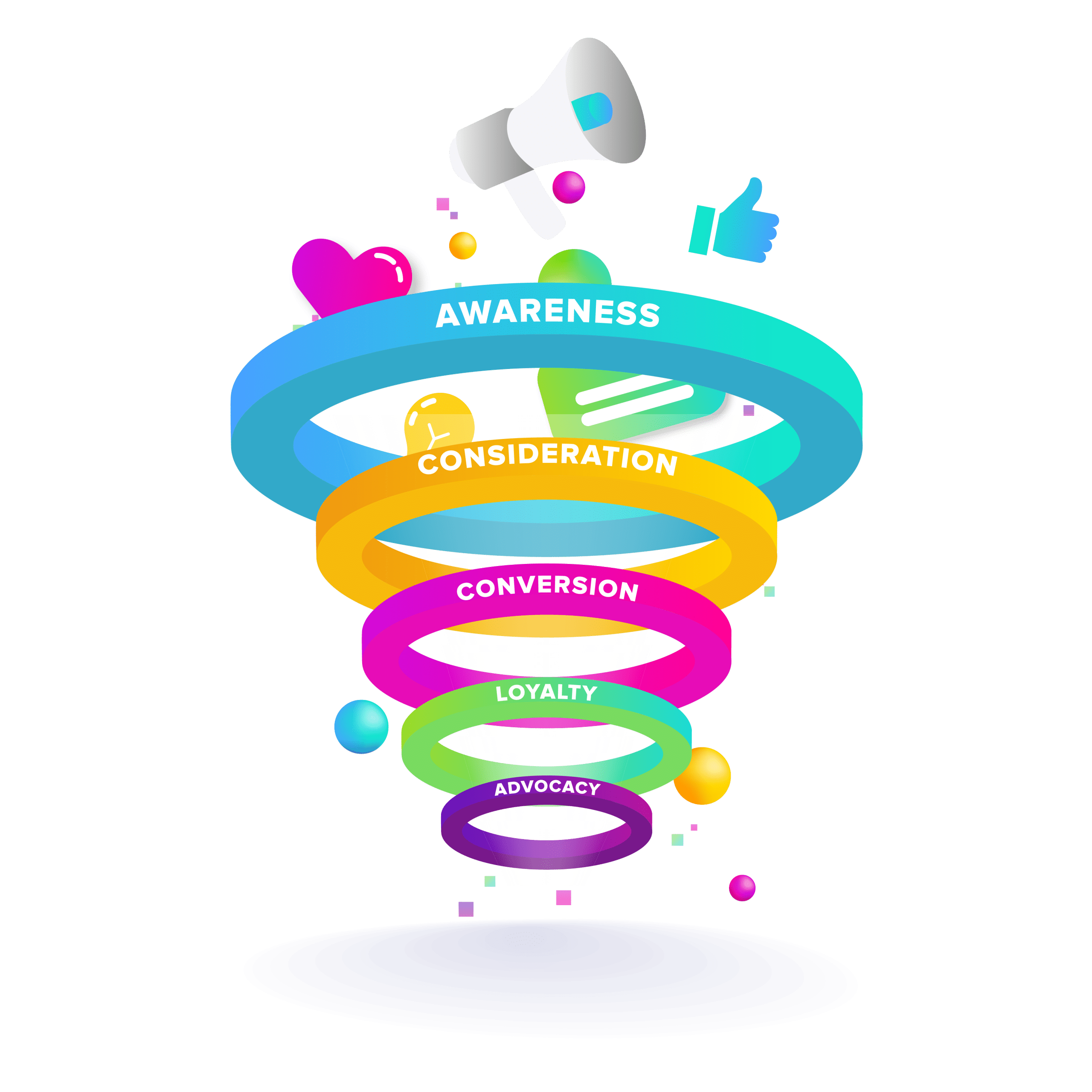
Marketing Services
Inspire, engage, and expand your influence by working with marketing pros from the agency for brands you know and nonprofits you love.
Marketing services that touch hearts & move minds.
Flexible Engagements Tailored to Your Needs
Whether you’re looking for a one-time creative campaign or ongoing marketing support, our services are designed to meet you exactly where you are. We offer both one-time campaign services for major launches and comprehensive, ongoing marketing support to augment your team and drive your initiatives forward. Choose the level of support that fits your needs and let us take care of the rest.
Grow Your Reach with Pro Marketing Services
Your brand deserves marketing services that do more than just share your story—they spotlight your unique narrative. Our professional marketing strategies are designed not just to broadcast but to resonate, connecting with your audience on a deeply personal level.
We’ll utilize the right mix of marketing services to provide your audiences, and your team, with the services needed most, whether creative, activation, or ongoing management and reporting, we’ve got you covered.
Personalized Campaigns That Speak Directly to Your Audience
Each of our marketing campaigns is crafted to engage both the narrator—your brand—and the captivated audience—your customers. By choosing the most effective channels and technologies, we ensure your message doesn’t just reach your audience; it captivates and converts them.

You'll love working with pros.
Answer Engine Optimization (AEO) is about ensuring your brand provides clear, concise, and authoritative answers—exactly what today’s AI-driven search engines, voice assistants, and large language models (LLMs) are looking for.
We create content that resonates with your audiences at all stages in their journey. Our digital services team of designers, writers, developers, producers, and more can handle all of your creative content marketing needs.
As a member of the Google Partner program, we provide you effective SEO and PPC strategies. From keyword research to optimized search results and more, we bring a comprehensive approach to helping you own search.
We design connection into your digital marketing campaigns, even at the technology level. The results are curated experiences that can mean the difference between a conversion or a missed opportunity.
Our advertising efforts connect your story to your audiences, across platforms. We turn “never heard of them” into “I know them.” Our media buying strategy complements your conversion funnel from top to bottom.
Achieve your goals with our comprehensive social listening services. From tracking customer sentiments to monitoring market trends, we provide insightful analysis for informed marketing decisions and stronger audience engagement.
We help organizations lead meaningful conversations on social media. From paid advertising to influencer partnerships to organic post management to designing creatives, our team helps you bring engagement to your socials.
Insights Origins Marketing Analytics transforms clicks into customers with complete data ownership, precise analytics, and seamless integration, ensuring privacy and boosting marketing success.
Our AI chatbots are designed to amplify your brand’s voice, enrich customer experiences, streamline digital operations, and drive growth, all while seamlessly integrating into your existing website or mobile app.
You'll be in great company.


When you hire us, we bring us.

Frequently Asked Questions
In all likelihood, yes! We’ve collaborated with businesses, nonprofits, associations, and government .
Whether your organization operates in healthcare, technology, finance, education, or nonprofit sectors, we have detailed case studies showcasing real client successes, industry-specific strategies, and proven results tailored to organizations just like yours.
Partnering with us means enhancing—not replacing—your internal marketing capabilities!
We become an extension of your team, providing specialized expertise, cutting-edge technology, and industry insights, allowing your internal staff to focus on core objectives.
Our team reduces your workload, streamlines processes, increases productivity, and amplifies the efficiency of your marketing team, delivering faster, stronger, and more sustainable results.
You’ll have dedicated team members providing regular, detailed updates, strategic recommendations, and customized performance reports for you, and your boss!
This continuous dialogue and data-driven approach ensure alignment, clarity, and confidence every step of the way.
We prioritize transparency, clear communication, and accountability.
Transparency and measurable outcomes drive every strategy.
We use advanced analytics and real-time reporting to clearly illustrate performance metrics such as increased traffic, improved search rankings, boosted conversions, and ROI.
Our team continually optimizes campaigns based on these insights, enabling you to see tangible business growth and confidently understand the impact and value of every marketing dollar spent.
You benefit from our experience working with orgs just like you and from across industries.
With constant investment in ongoing education, cutting-edge marketing tools, and industry conferences, we ensure your campaigns remain agile, ahead of competitors, and fully equipped to leverage opportunities like AI, voice search, video marketing, and the latest content strategies.
Coffee, too.
We have two creative hubs: one in Washington, DC, and another in Southern California, enabling us to serve clients coast to coast well.
But sometimes…we may be working remote…
